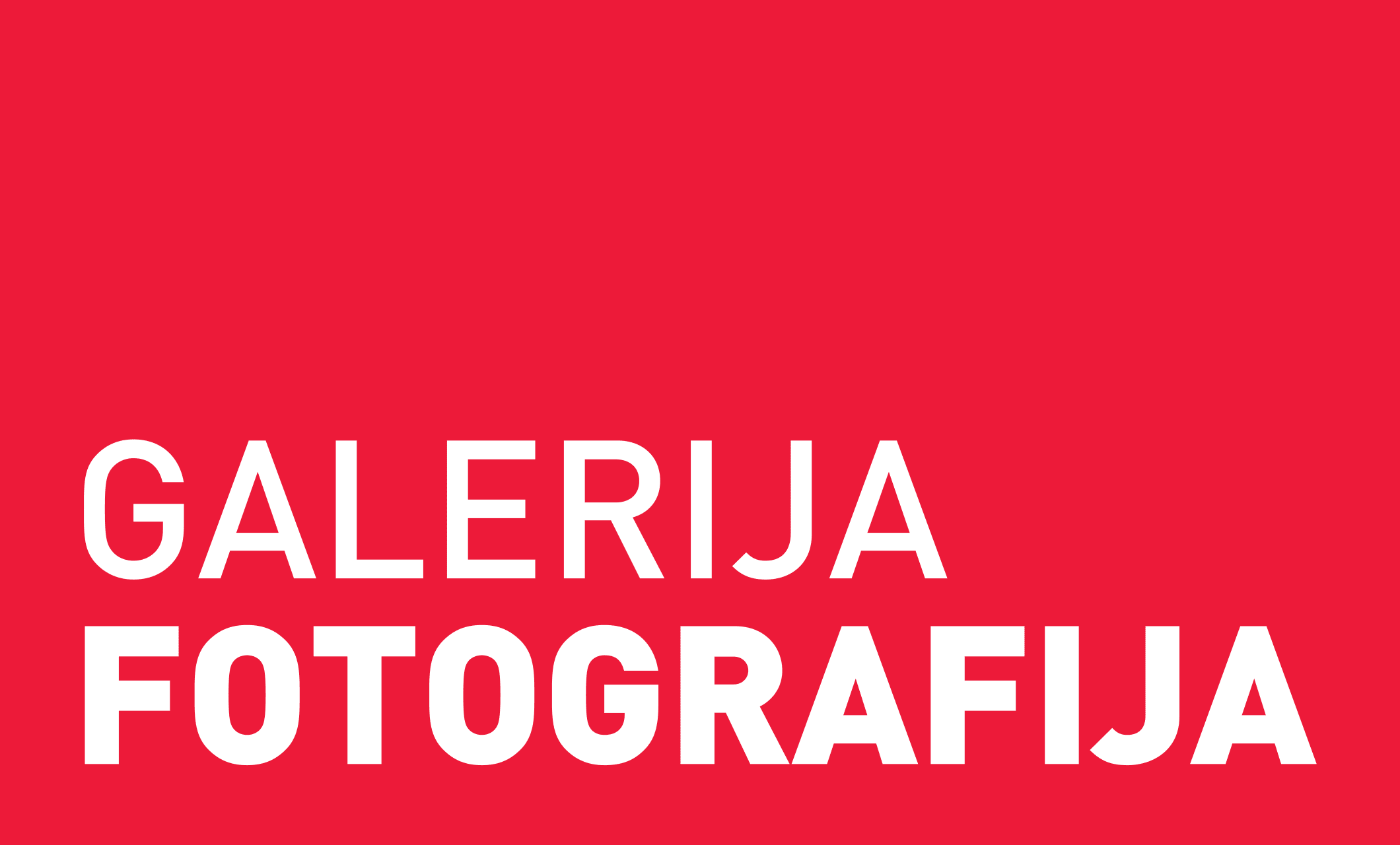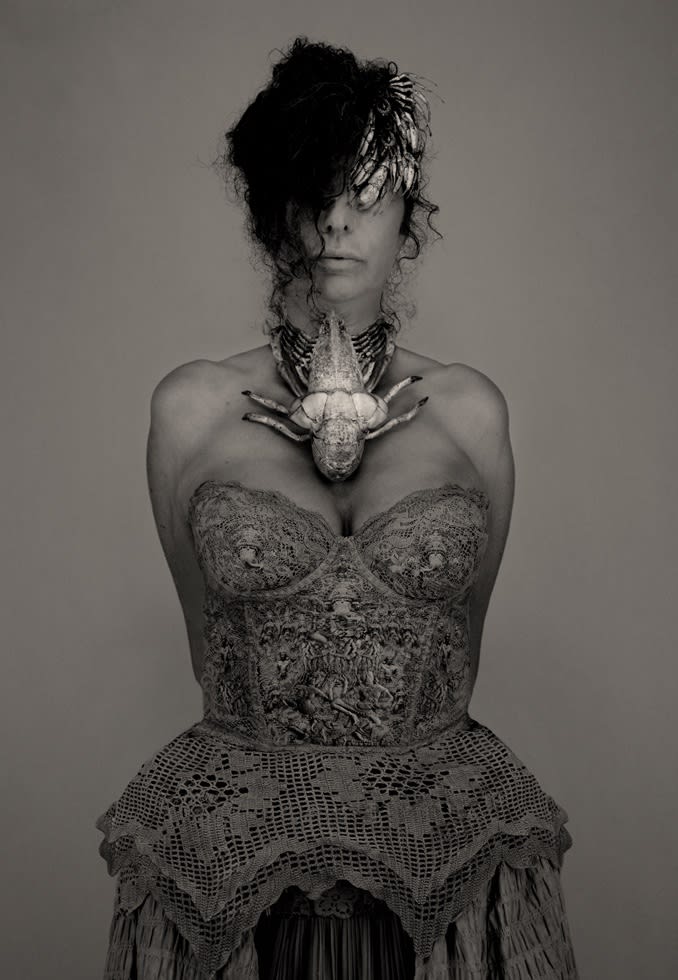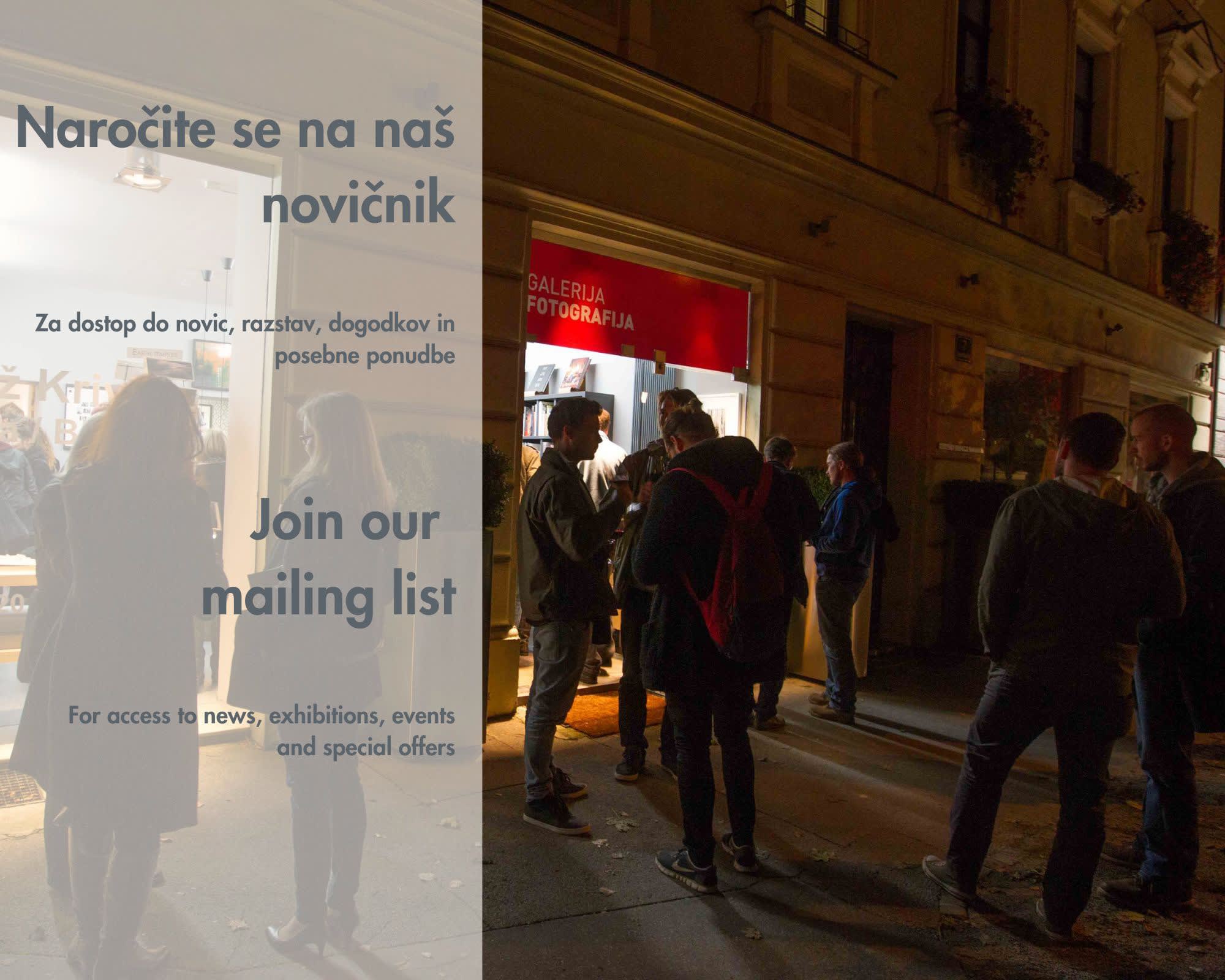Roberto Kusterle
Autonoe, 2009
digitalni tisk na arhivski papir / digital print on archival paper
50 x 35 cm
edicija 3/5 / edition 3/5
Series: MUTABILES NYMPHAE
For English version please scroll down. O SERIJI ''Manjša božanstva […]. Nevarna, kakor je tudi spomin, ko raziščemo njegove najgloblje špranje, kakor je vnema in čas sam!''Kusterletove nimfe se v...
For English version please scroll down.
O SERIJI
''Manjša božanstva […]. Nevarna, kakor je tudi spomin, ko raziščemo njegove najgloblje špranje, kakor je vnema in čas sam!''Kusterletove nimfe se v ostri svetlobi vzdigajo iz poplavljenega sveta: morja, sodeč po njihovi živalski metamorfozi. Kremplji, plavuti in lovke so že postale del njihovih teles, podaljški njihovega mesa. Ti bi jih lahko identificirali kot Nereide, vendar so to bitja, ki se z nami soočajo kot da iz blatnih kanalov podobnih tistim, po katerih se je s splavom peljala Vigova Atalante, med klokotanjem splavnice nedaleč od mesta. V resnici si z našim modernim obstojem delijo zmeden občutek, da lastnih identitet nočemo, ali ne moremo, imeti pod popolnim nadzorom. Tukaj so, nazaj iz globin potovanja na konec noči, vračajo pa se prežete z vitalnostjo nenasitne in mrgoleče narave, prepojeno z zapeljivostjo, hkrati pa s priokusom zmagovite smrti.
V tišini, kakor da bi se zavedale, da je govor brezpredmeten, da ''naši stavki ne vzdržijo katastrofe lastnih sluzastih preoblek'', nas ta bitja vznemirjajo, kajti začutimo jih kot dvigajoče se iz globlje dimenzije, ''izpod površja'' ki moti naš ploskoviti način gledanja; in morda kaže na to, da je nejasnost in dvoumnost edino konkretno stanje našega obstoja. Kaj so te nimfe? So spomin na mitsko brezno, iz katerega smo prišli, ali napoved teme, ki nas še čaka?
Iz besedila Fulvia Dell’Agnese
ABOUT THE SERIES
“Minor deities […]. Dangerous, as is memory when we investigate it in its deepest recesses, as are eagerness and time itself”.
In a livid light, Kusterle's nymphs surface from a flooded world: the sea, judging from the animal stage of their metamorphoses. Claws, fins, and tentacles – already parts of their bodies, extensions of their flesh – would identify them as Nereids, but these are creatures that might have risen to face us from the muddy swashing of a canal similar to those on which Vigo's Atalante rafted, amidst the gurgling of a lock not far from the city; actually, with our modern existence they share the turbid feeling, that sometimes besets us, not to be in full control of our identities. Here they are, back from the depths of a journey to the end of the night, returning to us coated with the vitality of an omnivorous and swarming nature, imbued with seductiveness, but at the same time with a flavour of accomplished death.
Silent, as if they were conscious that speaking is useless, that “our sentences do not withstand the disaster of their slime garments”, these creatures disquiet us because we sense them as risen from a deep dimension, “from under a surface” that disrupts the planar quality of our way of looking; and perhaps points to ambiguity as the only concrete condition of our being. What are these nymphs? Are they a memory of the mythical abyss wherefrom we come or a projection towards the darkness that awaits us?
From the text by Fulvio Dell’Agnese
O SERIJI
''Manjša božanstva […]. Nevarna, kakor je tudi spomin, ko raziščemo njegove najgloblje špranje, kakor je vnema in čas sam!''Kusterletove nimfe se v ostri svetlobi vzdigajo iz poplavljenega sveta: morja, sodeč po njihovi živalski metamorfozi. Kremplji, plavuti in lovke so že postale del njihovih teles, podaljški njihovega mesa. Ti bi jih lahko identificirali kot Nereide, vendar so to bitja, ki se z nami soočajo kot da iz blatnih kanalov podobnih tistim, po katerih se je s splavom peljala Vigova Atalante, med klokotanjem splavnice nedaleč od mesta. V resnici si z našim modernim obstojem delijo zmeden občutek, da lastnih identitet nočemo, ali ne moremo, imeti pod popolnim nadzorom. Tukaj so, nazaj iz globin potovanja na konec noči, vračajo pa se prežete z vitalnostjo nenasitne in mrgoleče narave, prepojeno z zapeljivostjo, hkrati pa s priokusom zmagovite smrti.
V tišini, kakor da bi se zavedale, da je govor brezpredmeten, da ''naši stavki ne vzdržijo katastrofe lastnih sluzastih preoblek'', nas ta bitja vznemirjajo, kajti začutimo jih kot dvigajoče se iz globlje dimenzije, ''izpod površja'' ki moti naš ploskoviti način gledanja; in morda kaže na to, da je nejasnost in dvoumnost edino konkretno stanje našega obstoja. Kaj so te nimfe? So spomin na mitsko brezno, iz katerega smo prišli, ali napoved teme, ki nas še čaka?
Iz besedila Fulvia Dell’Agnese
ABOUT THE SERIES
“Minor deities […]. Dangerous, as is memory when we investigate it in its deepest recesses, as are eagerness and time itself”.
In a livid light, Kusterle's nymphs surface from a flooded world: the sea, judging from the animal stage of their metamorphoses. Claws, fins, and tentacles – already parts of their bodies, extensions of their flesh – would identify them as Nereids, but these are creatures that might have risen to face us from the muddy swashing of a canal similar to those on which Vigo's Atalante rafted, amidst the gurgling of a lock not far from the city; actually, with our modern existence they share the turbid feeling, that sometimes besets us, not to be in full control of our identities. Here they are, back from the depths of a journey to the end of the night, returning to us coated with the vitality of an omnivorous and swarming nature, imbued with seductiveness, but at the same time with a flavour of accomplished death.
Silent, as if they were conscious that speaking is useless, that “our sentences do not withstand the disaster of their slime garments”, these creatures disquiet us because we sense them as risen from a deep dimension, “from under a surface” that disrupts the planar quality of our way of looking; and perhaps points to ambiguity as the only concrete condition of our being. What are these nymphs? Are they a memory of the mythical abyss wherefrom we come or a projection towards the darkness that awaits us?
From the text by Fulvio Dell’Agnese
1
of
4


